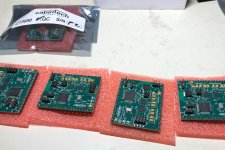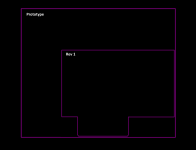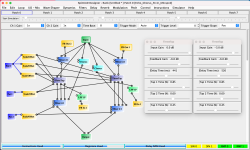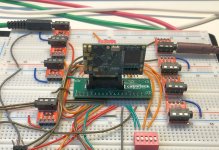Cabintech
Authorized Vendor
Prototypes were shipped to beta testers today 


A copy of the preliminary datasheet was sent by email, and attached here for anyone else that might be interested.
Let the games begin!
[Jan 20] Updated PDF with details of linking multiple modules, and MN3011 emulation firmware. Note the first batch of modules do not have the MN3011 firmware update.
[Feb 13] Moved datasheet PDF to CT3680 resources page on our website where we will keep the latest updates:
https://cabintechglobal.com/apps

A copy of the preliminary datasheet was sent by email, and attached here for anyone else that might be interested.
Let the games begin!
[Jan 20] Updated PDF with details of linking multiple modules, and MN3011 emulation firmware. Note the first batch of modules do not have the MN3011 firmware update.
[Feb 13] Moved datasheet PDF to CT3680 resources page on our website where we will keep the latest updates:
https://cabintechglobal.com/apps
Last edited:





